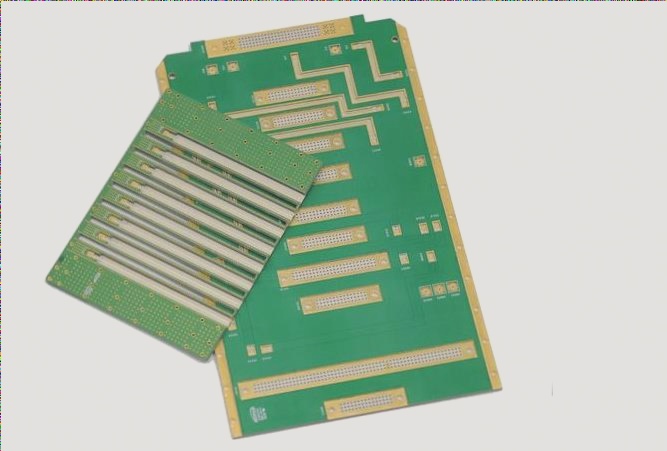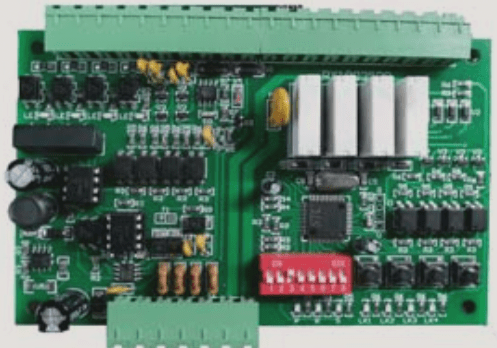1. **PCB copy board**, commonly known in the industry as circuit board copy board, circuit board cloning, circuit board duplication, PCB cloning, PCB reverse engineering, or PCB reverse R&D, is a term with varying interpretations in both industry and academia. However, these definitions are often incomplete.
2. To provide an accurate definition, we can refer to the authoritative PCB copy board laboratory in China. **PCB copy board** refers to the process of taking an existing electronic product or circuit board and using reverse engineering techniques to analyze it. This process aims to restore the original product’s PCB files, Bill of Materials (BOM) files, schematic diagrams, and other technical documents, including PCB silk screen production files, with a 1:1 match to the original.
3. These technical documents and production files are then used to manufacture the PCB, solder components, conduct flying probe testing, debug the circuit board, and fully replicate the original circuit board template.
4. Since electronic products consist of various circuit boards, each serving a core control function, the PCB copying process can extract a complete set of technical data for any electronic product and facilitate the imitation or cloning of the product.
—
I kept the structure and technical accuracy while making the text slightly more concise and clearer.

Many people have misunderstood the concept of PCB copy boards. In fact, with the continuous growth and evolution of the PCB copy board industry, the scope of the concept has expanded significantly. It is no longer limited to merely duplicating or cloning circuit boards. Today, it also involves secondary product development and the creation of new products. For instance, by analyzing and discussing existing product technical documents, design concepts, structural features, and manufacturing processes, PCB copy boards can provide feasibility assessments and competitive insights for new product development. This can assist R&D and design teams in staying aligned with the latest technological trends, making timely adjustments and improvements to product designs, and ultimately developing the most competitive new products in the market.
At the same time, PCB copy board processes enable the rapid updating, upgrading, and secondary development of various electronic products by extracting and modifying technical data files. Customers looking to optimize PCB design and modify their boards can also leverage this approach to introduce new functionalities or redesign existing features, allowing for the swift launch of products with updated capabilities. This not only ensures the protection of intellectual property but also provides a competitive edge in the market, offering dual benefits for customers.
Currently, as many PCB copy board design service companies struggle to survive and compete for profit, a few have managed to position themselves at the forefront of the industry. Among them, the most successful and influential companies, with the strongest technical capabilities and the most comprehensive services, include Longren PCB Studio, Century Core, and other leading reverse R&D teams that emerged in China. Their success demonstrates the tremendous potential of PCB copy boards, which benefits not only the copy board design service sector but also the broader electronic product market and information technology industry. These companies have played a key role in advancing the technical capabilities of Chinese firms, helping to eliminate technical barriers in the process.
**Development History**
The concept of PCB copy boards was originally introduced in the 1980s when reverse engineering began to gain traction in academic circles in China. It was a new concept proposed by Longren PCB Studio, a reverse engineering technology research team founded in China at the time. Over nearly 30 years of development, PCB copy boards have evolved into a global industry that supports the advancement of both the global electronics industry and domestic core technology research. Today, numerous copy board companies have emerged both domestically and internationally.
In recent years, the growth of this industry, along with the attention it has garnered in the tech field, has led to increasing interest and competition. More companies are now entering the market, aiming to challenge international giants through their services. The industry is especially prominent in China’s Jiangsu, Zhejiang, and Guangdong provinces, where numerous authoritative laboratories specializing in PCB copy board technology have been established, including Longren PCB Studio, Century Chip Technology, and Chip Valley.
If your have any questions about PCB ,please contact me info@wellcircuits.com




